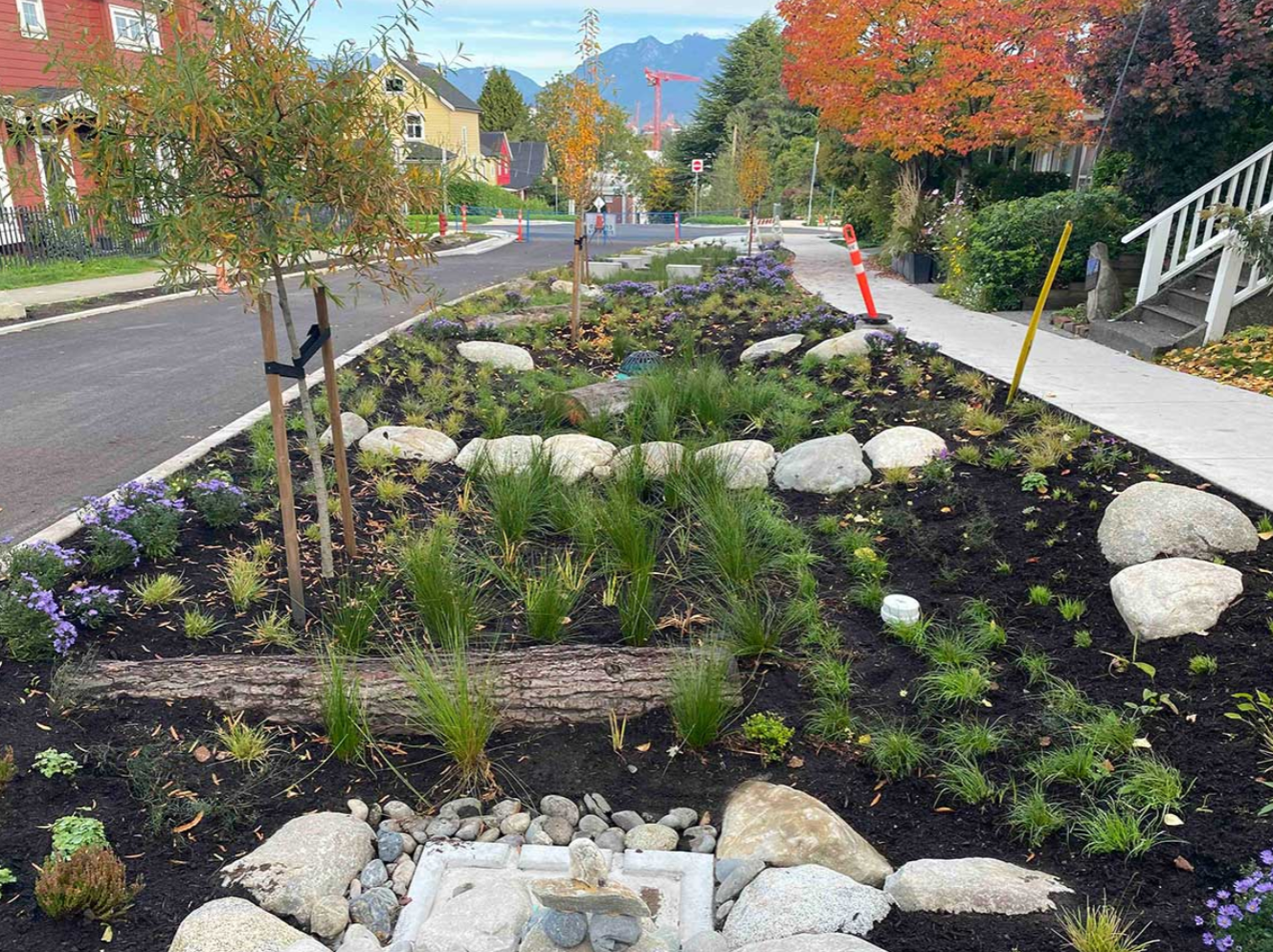On April 3rd, the Provincial government announced its Homes for People plan. One of the most critical inclusions is the elimination of single-family zoning throughout British Columbia. Up to four homes will be allowed on a traditional single-family lot across the Province. Legislation is expected to be introduced before the end of the year.
“This plan will take us to the next level with unprecedented actions to tackle the challenges head on, delivering even more homes for people, faster.” — David Eby, BC Premier
A fun side-effect of the elimination of single-family zoning is reducing the impact of urban sprawl in our communities. Single-family zoning has encouraged the spread of low-density, car-dependent neighbourhoods, which has contributed to urban sprawl. Sprawl can lead to increased traffic congestion, longer commutes, and reduced access to public transit. Cities in California and Oregon have already passed bills, such as House Bill 2001, up-zoning medium cities. Victoria recently passed its own up-zoning bylaws earlier this January – it allows for six units on every single-family lot in the city.
 3D Aerial View of Hammond Bay Single-Family Homes via Google Street View
3D Aerial View of Hammond Bay Single-Family Homes via Google Street View
Nanaimo is no stranger to missing-middle housing like townhomes, walk-ups, duplexes, and low-rises. Downtown is full of them – neighbourhoods that have more housing diversity are more interesting, pleasant places. The waterfront neighbourhoods off Rosehill showcase a diversity of housing types and as a result, more people walk, cycle, and play in these places. By limiting the types of housing that can be built, cities like Nanaimo have created homogeneous neighbourhoods that lack a diversity of housing types, household sizes, and incomes.
 3D Aerial View of Rosehill via Google Street View
3D Aerial View of Rosehill via Google Street View
By providing a range of housing options that accommodate different household sizes and incomes, missing middle housing can create more inclusive neighbourhoods that are accessible to a broader range of people. Another benefit of missing middle housing is that it can promote more sustainable forms of urban development. By encouraging higher-density development in existing neighbourhoods, missing middle housing can reduce the need for new suburban development, which can help to reduce sprawl, traffic congestion, and carbon emissions.
“Everyone deserves a good home, and Homes for People provides new initiatives that promote local housing solutions while recognizing that each community in B.C. is unique.” —Marianne Alto, mayor of Victoria
Denser neighbourhoods inherently improve transit and walkability of cities – transit and walkability are closely related, as good transit systems can help to promote walkability by providing people with access to public transportation hubs that are located within walking distance of their homes and destinations. Similarly, walkable neighbourhoods can make it easier for people to access transit stations and stops, which can help to increase ridership. By providing people with safe, convenient, and affordable ways to get around, cities can reduce traffic congestion, air pollution, and greenhouse gas emissions, while also promoting public health and social equity.










